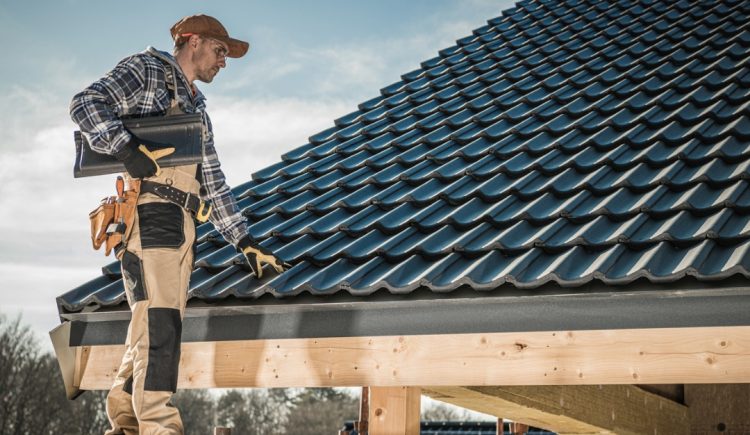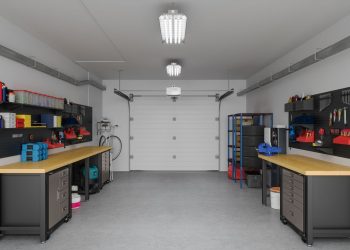A roof that absorbs a lot of heat can make the interior of a building hot in the summer, which can force an air conditioner to work hard to keep the temperature in a comfortable range. That can lead to high energy bills.
Reducing the amount of heat that the roof absorbs is one way to combat the problem. If you live in a region with hot weather in the summer or year-round, applying a reflective coating can create a “cool roof.” A reflective coating is an affordable way to reduce solar heat gain and lower your utility bills. It can also provide other benefits.
What are the Benefits of a Reflective Roof Coating?
A white coating can be added to the existing roofing material to reflect sunlight and significantly reduce solar heat gain. A coating can also protect the roofing material from damage. Since heat and the sun’s UV rays can damage a roof over time, applying a reflective coating can lead to lower maintenance costs, fewer repair bills and a longer lifespan for the roof.
How Is a Reflective Coating Applied?
The installation process is simple and straightforward. A coating is generally applied using a paint roller. If you feel comfortable working on the roof, you can do it yourself.
It’s essential to give the roof a good cleaning before you apply a reflective coating. If you use a coating on a roof that’s dirty, greasy or damaged, it won’t adhere well and won’t be able to do its job.
You can use a pressure washer or another method to clean the roof. If you use a pressure washer, follow the instructions carefully so you don’t damage the roof. Make any necessary repairs before you apply a reflective coating.
Is a Cool Roof Right for Your Home?
Reflective coatings can’t be used with all types of roofing materials. Some companies that produce coatings claim that they can be used effectively with asphalt shingles, while asphalt shingle manufacturers argue the opposite. If you decide to use a roof coating, it’s important to choose an Energy Star product.
Applying a reflective coating to your roof may help you lower your utility bills if you live in an area that’s hot during a good portion of the year. If you live in a colder region, however, you may not save much on your energy bills. In northern regions, reflective coatings may lead to increased energy usage for heating. In addition, white roofs in colder climates are susceptible to condensation and accumulation of stagnant water, which can lead to mold and damage to roofing materials. In the winter, snow and ice can accumulate on a cool roof.
If you’re not sure if a reflective coating is right for your roof, contact a local contractor. Discuss your roofing material, the pros and cons, and the weather in your region.











